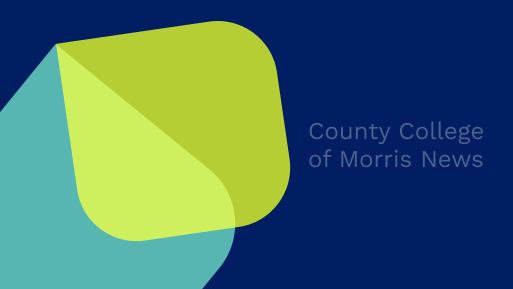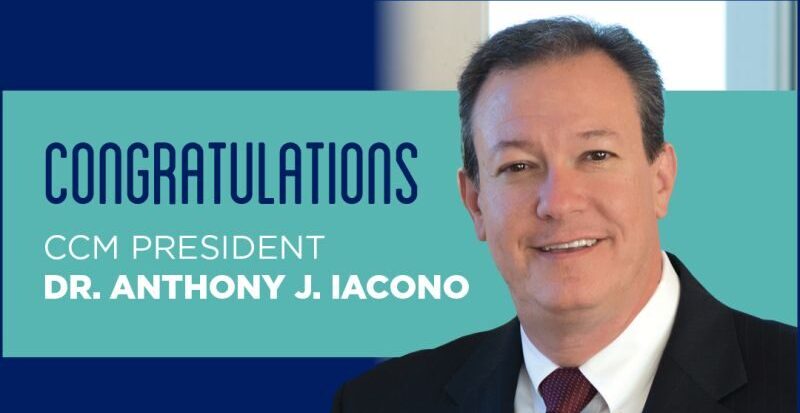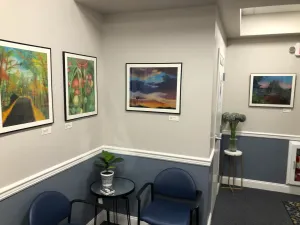Astronaut and Parsippany High School graduate tells of latest space mission.
RANDOLPH — Astronaut Garrett Reisman recently spoke to local residents, the college community and 65 third graders from Parsippany at County College of Morris. Dr. Reismann is a former Morris County resident, born in Morristown, raised in Parsippany and attended Parsippany High School. Reisman, who flew aboard the Space Shuttle Endeavor last March, spoke about his mission and the importance of facilities such as the CCM Planetarium to America’s science education.
During his three months in space on the International Space Station, Reisman performed a seven-hour spacewalk and executed numerous tasks with the Space Station robotic arm and the new robotic manipulator, Dextre.
Reisman was selected by NASA as a mission specialist in June 1998. Astronaut candidate training included orientation briefings and tours, numerous scientific and technical briefings, intensive instruction in Shuttle and International Space Station systems, physiological training and ground school to prepare for T-38 flight training, as well as learning water and wildness survival techniques.
After completing this training, Reisman was assigned to the Astronaut Office Robotics Branch where he worked primarily on the Space Station robotic arm. In Oct. 2001, he was assigned to the Astronaut Office Advanced Vehicles Branch where he worked on the displays and checklist to be used in the next generation Space Shuttle cockpit. In June 2003, he was a crew member on NEEMO V, living on the bottom of the sea in the Aquarius habitat for two weeks.
From 1996 to 1998, Reisman was employed by TRW as a spacecraft guidance navigation and control engineer in the Space and Technology Division. While at TRW, he designed the thruster-based attitude control system for the NASA Aqua Spacecraft. Prior to that, he was a Ph.D. candidate at Caltech in the Division of Engineering and Applied Science in Pasadena, California. His multiphase fluid mechanics research provided the first experimental evidence of the presence of shock waves in unsteady cloud cavitations.



